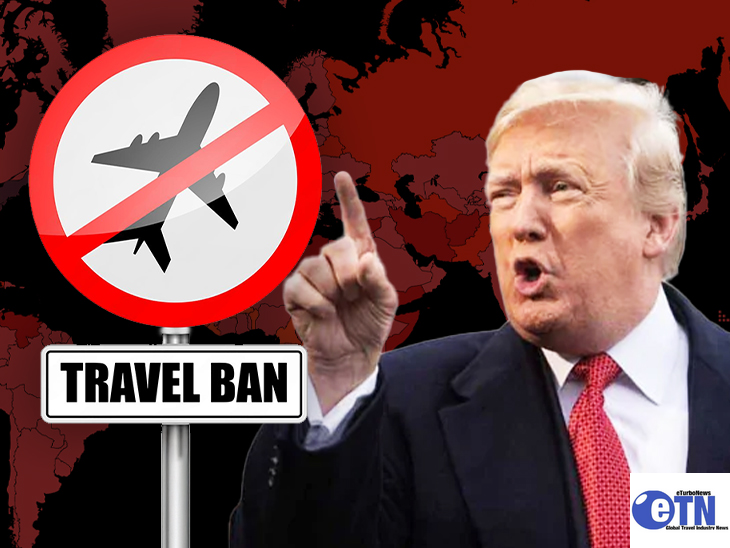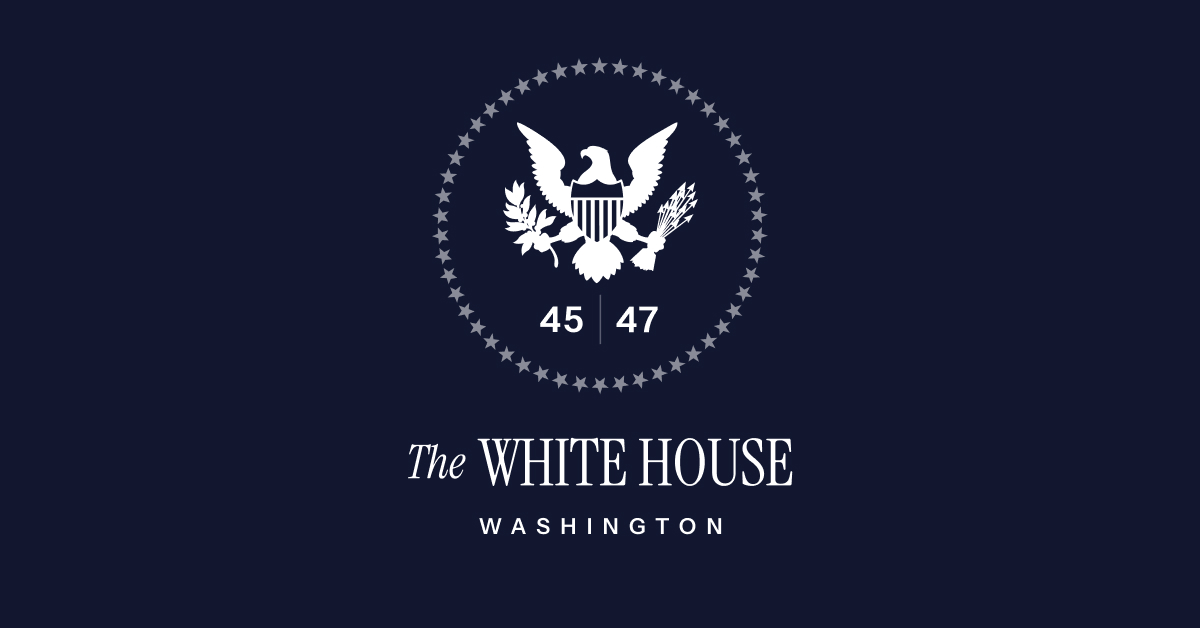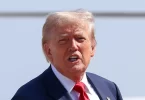As Donald Trump imposes a new travel ban, it may be interesting to know what happened when he first introduced a travel ban at the end of January 2017. This was feedback by an eTN reader and travel PR expert from the United Kingdom.
Current premium viewers: 0
As Donald Trump imposes a new travel ban, you may be interested in knowing what happened when he first introduced a travel ban at the end of January 2017.
Trump’s first travel ban was notably self-destructive and counterproductive because it alienated visitors from countries that were not included in the ban.
The term “Trump Slump” was coined in a press release by a UK travel and tourism research company, highlighting the effect and showing how broader international tourism to the U.S. significantly suffered as a result.
The first ban, introduced on January 27, 2017, immediately led to an 80% drop in bookings from the targeted nations—Iraq, Syria, Iran, Libya, Somalia, Sudan, and Yemen—and caused a widespread slump of 6.5% from other global regions in the following week alone. Bookings from Northern Europe dropped by 6.6%, Western Europe by 13.6%, Southern Europe by 2.9%, the Middle East by 37.5%, and Asia Pacific by 14%.

This initial effect, compounded by a strong U.S. dollar, resulted in a sustained overall decline of 1.4% in US international arrivals throughout 2017, at a time when global tourism was growing by 4.6%. Notably, European arrivals in the US, a critical market segment with nearly 40% share, declined by 2.3% for the year, and Asia Pacific, with a 23% share, fell by 3.8%.
Reflecting on the new travel restrictions, eTN Reader David T said: “Given what we’ve seen before, I would not be surprised if the same thing happens again. However, this time, the recent fall in the value of the US$ may soften the impact on US tourism exports.”











